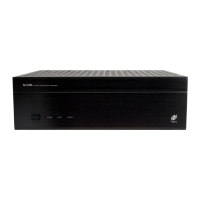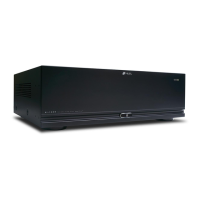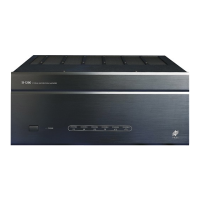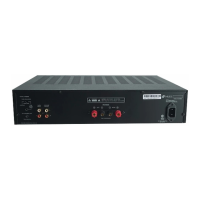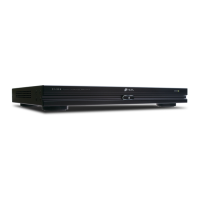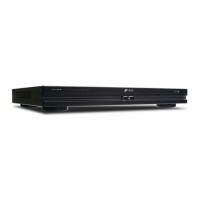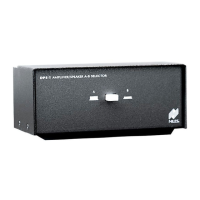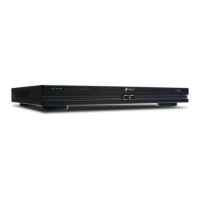What to do if my Niles SI-1230 Amplifier will not turn on?
- AAna JonesAug 13, 2025
If your Niles Amplifier isn't turning on, first ensure that the master power switch is in the 'on' position. Then, verify that the AC power cord is properly plugged into a working outlet by testing the outlet. If the outlet works, the internal fuses may be blown, and you should return the amplifier to your dealer for service.
